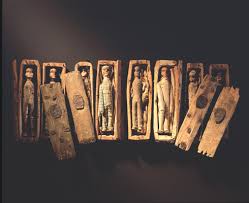 Carl Jung remains an enduring subject of fascination, his life and ideas sparking impassioned debate over 60 years after his death. As the founder of analytical psychology, Jung pioneered the exploration of the unconscious mind, dream interpretation, archetypes, and the quest for individuation. His theories have left an indelible mark on everything from psychotherapy and the arts to spirituality and popular culture.
Carl Jung remains an enduring subject of fascination, his life and ideas sparking impassioned debate over 60 years after his death. As the founder of analytical psychology, Jung pioneered the exploration of the unconscious mind, dream interpretation, archetypes, and the quest for individuation. His theories have left an indelible mark on everything from psychotherapy and the arts to spirituality and popular culture.
Yet even the most dedicated Jung scholars are often unaware of the full extent of his inner world and the radical scope of his vision. Significant portions of Jung’s seminal autobiography “Memories, Dreams, Reflections” (MDR) were excised before its posthumous publication in 1962. The missing material, deemed too controversial or strange for the times, was censored by Jung’s family and editors to protect his reputation as a serious thinker.
At the heart of this “cover-up” was Jung’s secretary and confidante Aniela Jaffé, who helped him write MDR based on intimate conversations in his final years. But the book that emerged was not the raw, revelatory memoir Jung had intended. The Jung family, led by his daughter Marianne Niehus, pushed for cuts to conceal Jung’s extramarital relationships, occult experiments, and unconventional religious ideas. Toni Wolff, Jung’s longtime collaborator and mistress, had passed away in 1953 and was not involved in the editing process.
Jaffé, caught between the family’s propriety and Jung’s trust in her as a co-author, fought to preserve the soul of the work but ultimately capitulated to legal and financial pressure. “It looks like I am going to be wiped out of the book entirely and it will be published solely as a book by C. G. Jung,” she lamented in a 1961 letter.
The publisher Kurt Wolff imposed further cuts to streamline MDR into a marketable narrative focused on Jung’s outer life and famous acquaintances. “Wolff wanted a first person autobiography…done his way, in a linear narrative, stressing Jung’s personality #1, the outer personality, over personality #2, which connected Jung to his inner world,” observed Jung scholar Sonu Shamdasani.
But Jung saw MDR as more than just a personal story – it was a guide to the future and a manifesto for a dawning era when visionary experiences and the realities of the psyche would be taken seriously. Jung was acutely aware of living in a predominantly secular age that dismissed the supernatural while religious institutions clung to lifeless creeds and rituals.
In his final decade, Jung had a prophetic sense that the “spirit of the depths” was breaking through the crust of modern consciousness. He foresaw the emergence of a post-secular worldview that could bridge the gap between science and spirituality, reason and mysticism, outer and inner life. This was the “third age” or metamodern era predicted by thinkers like Rudolf Steiner, Jean Gebser, and Owen Barfield.
For Jung, the key to this new age was not a return to premodern religion but an empirical study of the psyche as the source of meaning, morality, and transcendence. “The great dream of science is to open up the source of the psyche, the matrix of creation, and this I saw in the vision and tried to express in Memories, Dreams, Reflections,” he wrote in a censored passage. “If mankind only knew what is slumbering beneath the threshold of the unknown!”
Jung knew his ideas were ahead of their time and anticipated the criticism and resistance they would face from orthodox religion and materialist science alike. By including his visions, paranormal experiences, and Gnostic experiments in MDR, he sought to leave a time capsule of forbidden knowledge for future generations to unearth.
As Shamdasani noted, “Jung belongs not just to his own time but to the future.” Like a psychonaut from the year 2023 sending back field notes, Jung was drafting a new “map of the soul” for an age when the boundaries between faith and reason, inner and outer, psyche and cosmos would dissolve.
In this article, we will embark on a journey of rediscovery into Jung’s lost vision of a spiritualized psychology and a psychologized spirituality for the post-secular world. Drawing on censored material from MDR, The Red Book, The Black Books, and other unabridged sources, we will meet Jung the mystic, the political observer, the sexual adventurer, and above all, the cartographer of metamodern consciousness.
The “real” Jung, long buried beneath rumor and politesse, is more relevant and controversial than ever as we grapple with the unresolved spiritual questions of late modernity. By piecing together the forgotten fragments of his secret life and thought, we will catch a glimpse of the hidden realms of psyche and spirit waiting to be explored.
The Permanently Lost Jung: Missing Tapes and Restricted Archives
As significant as the censored material in “Memories, Dreams, Reflections” is, it only scratches the surface of what Jung left out of his public persona. Even more tantalizing are the Aniela Jaffé interview tapes and notebooks that have been lost, destroyed, or locked away in the Jung family archives, never to see the light of day.
According to Jung scholar Sonu Shamdasani, Jaffé recorded over 30 hours of conversations with Jung in 1957 as the raw material for his memoir. But only a fraction of these tapes were transcribed and incorporated into the final book. The rest have either disappeared or been deliberately withheld by the Jung estate.
In a 1979 interview, Jaffé recalled that some of the most intimate and revealing tapes were “destroyed or lost” after Jung’s death in 1961. She hinted that this was done at the behest of Jung’s family, who were anxious to control his posthumous image and suppress any material that might tarnish his reputation.
Other tapes and notebooks from the MDR sessions remain under lock and key in the Jung family archives in Küsnacht, Switzerland. Despite repeated requests from scholars and biographers, Jung’s heirs have refused to release this material, citing privacy concerns and the need to protect Jung’s legacy.
The secrecy surrounding these archives has only fueled speculation about what they might contain. Some Jungians believe they hold the key to understanding Jung’s most profound spiritual experiences, his encounters with the collective unconscious, and his visions of the future. Others suspect they reveal more about Jung’s shadow side, his personal demons and moral failings.
What is clear is that the lost and restricted Jung material represents a gaping hole in our understanding of the man and his work. Without access to these primary sources, scholars are left to piece together Jung’s inner life from fragments and second-hand accounts, relying on the heavily edited MDR and his public writings.
The permanently lost Jung is a reminder of how much we still don’t know about one of the most influential thinkers of the 20th century. It raises uncomfortable questions about the ethics of biography, the politics of memory, and the tension between an individual’s right to privacy and the public’s right to know.
But it also speaks to the enduring mystery and fascination of Jung himself. Even in death, he continues to elude and challenge us, inviting us to plumb the depths of the psyche and confront the ultimate questions of human existence. The fact that some of his most intimate thoughts and experiences may never be known only adds to his aura as a modern-day shaman and mystic.
Perhaps Jung himself would have appreciated the irony of his own inner world remaining forever hidden, even as he dedicated his life to uncovering the secrets of the psyche. As he once wrote, “The decisive question for man is: Is he related to something infinite or not? That is the telling question of his life.”
The lost Jung may just be the ultimate koan, a reminder that the journey of self-discovery is never complete, that there are always new depths to fathom and new heights to scale. In the end, it is the search itself that matters, the willingness to confront the unknown and the unknowable within and without.
And so the Jung who eludes us may just be the Jung we need most, a signpost pointing beyond the limits of our understanding, towards the infinite horizons of the soul. The lost Jung is an invitation to embrace the mystery at the heart of existence, to dare to dream of what lies beyond the veil of consciousness.
The Mystical Jung: Visionary Experiences and Channeled Writings
One of the most heavily censored aspects of MDR was Jung’s intense engagement with mystical experiences, visionary states, and paranormal phenomena. From an early age, Jung had vivid dreams and waking visions that he believed were messages from the collective unconscious. He also practiced active imagination dialogues with inner figures like Philemon, who became a spiritual guide.
The original MDR manuscript contained detailed accounts of these experiences, including Jung’s travels through inner landscapes, encounters with mythical beings, and prophetic dreams. However, most of this material was removed or toned down in the final version to avoid challenging Jung’s scientific credibility. As he wrote in a censored passage:
“I had very early on fostered my own ideas which deviated from Freud’s…the hypothesis of a collective unconscious and the problem of the psyche in general.”
Even more controversial was Jung’s engagement in automatic writing and channeled works like the “Seven Sermons to the Dead“, which he published anonymously. The mysterious text, dictated by spirits, expounds a radical Gnostic cosmology. While the Sermons are never mentioned in MDR, they were a pivotal part of Jung’s “confrontation with the unconscious” period after his break with Freud.
Jung’s family and editors feared that such unconventional material would lead to accusations of madness or occultism. But for Jung, these visionary experiences were a vital source of psychological and spiritual insight that guided his later theories. The censored passages show Jung as a genuine modern mystic and intrepid explorer of inner realms.
The Erotic Jung: Unconventional Relationships and Sexual Confessions
Another major theme of the MDR cuts was Jung’s complex romantic life and attitudes toward sexuality, which defied the repressive mores of his time. While the published text alludes to his close bond with female collaborator Toni Wolff, it leaves out the full extent of their relationship as an open “second marriage” accepted by Jung’s wife Emma. As his granddaughter later wrote:
“Jung was commonly accompanied by both Wolff and his wife at public and private functions. This arrangement satisfied what Jung had termed ‘my polygamous components’, and fit into his lifelong habit of distributing his affections for safety among a number of his so-called Jungfrauen.”
Original drafts of MDR also contained more candid material about Jung’s passionate affairs with former patients like Sabina Spielrein and Maria Moltzer, which blurred the lines between analysis, friendship, and love. Jung’s family pushed to censor these passages to preserve his respectable image and contain the scandals around his “erotic experiments”.
But the unpublished writings reveal that Jung’s unconventional relationships were not just personal dalliances, but an attempt to explore the psychological dynamics of love triangles, anima/animus projection, and the integration of sensuality and spirituality. In censored interviews, Jung spoke openly about polygamy, sexual freedom, and the “lure of the archetype” in romantic attraction.
This hidden erotic material shows Jung as a pioneer not only of depth psychology, but of the 1960s sexual revolution and more open, fluid relationship structures. While his boundary-crossing would be problematic by today’s clinical standards, it also challenges the stereotype of Jung as a stuffy bourgeois patriarch and underscores the intimate link between his life and ideas.
The Political Jung: Secret Wartime Activities and Cultural Critiques
Less sensational but equally significant was the MDR material related to Jung’s political views and covert activities during World War II, which his family sought to downplay to avoid controversy. Unpublished drafts detail Jung’s role as “Agent 488″, providing psychological profiles of Hitler and other Nazi leaders to Allen Dulles and the OSS (precursor to the CIA). As Dulles later wrote:
<blockquote
“Nobody will probably ever know how much Professor Jung contributed to the Allied Cause during the war, by seeing people who were connected somehow with the other side.”
The cuts also trimmed Jung’s frank critiques of the fascist “psychic epidemic” in Germany, his warnings about the dangers of mass propaganda, and his belief that the Nazi movement represented an eruption of Wotan and the Germanic “shadow”. After the war, Jung continued to develop these ideas in works like “After the Catastrophe” and “The Fight with the Shadow”, but they were seen as too political for an autobiographical work.
Other censored passages touched on Jung’s nuanced evaluation of Soviet communism, his warnings about nuclear weapons, and his scathing critique of American materialism and superficiality, especially after visiting the U.S. While Jung was not an overt activist, the unpublished material reveals a man deeply engaged with the social and political currents of his time.
The Critical Jung: Unpublished Views on American Culture and Materialism
One of the more controversial aspects of Jung’s unpublished writings was his criticism of American society and culture. In the original drafts of “Memories, Dreams, Reflections,” Jung included a chapter titled “America” in which he expressed his thoughts on the country based on his visits and experiences.
In this unpublished chapter, Jung was particularly critical of what he saw as the superficiality, materialism, and lack of spiritual depth in American life. He felt that Americans were overly focused on external success, wealth, and status, at the expense of inner growth and self-reflection.
Jung wrote about the “American nightmare,” which he described as a culture of conformity, consumerism, and empty individualism. He argued that the American emphasis on pragmatism and progress had led to a neglect of the deeper dimensions of the psyche, and a disconnect from the collective unconscious and the archetypal realm.
Jung also expressed concern about the rise of mass media and advertising in American society, which he saw as contributing to a culture of manipulation and inauthenticity. He felt that Americans were being conditioned to seek fulfillment through material possessions and external validation, rather than through inner exploration and self-discovery.
These critiques of American culture were part of a larger pattern in Jung’s unpublished writings, in which he often expressed skepticism about the direction of modern civilization and the loss of connection to the sacred and the numinous. Jung believed that the Western world was in the midst of a spiritual crisis, and that the neglect of the inner life and the over-emphasis on rational, scientific thinking had led to a sense of alienation and meaninglessness.
However, Jung’s family and editors felt that his views on America were too harsh and potentially alienating to readers, particularly given the importance of the American market for the book’s success. They persuaded Jung to remove the “America” chapter from the final version of “Memories, Dreams, Reflections,” along with other passages that were deemed too critical or controversial.
As a result, Jung’s published writings often present a more measured and diplomatic view of American society and culture, even as his private letters and conversations reveal a deeper ambivalence and concern. The unpublished “America” chapter offers a rare glimpse into Jung’s unfiltered thoughts on the subject, and highlights the ways in which his public persona was shaped by the demands of his audience and the constraints of his time.
The Spiritual Anarchist: Jung’s Radical Ideas About Religion and Modernity
Perhaps the most explosive theme of the MDR cuts was Jung’s heretical views on religion, which he often explored through private correspondence and seminars rather than scientific publications. Raised in a Swiss Reformed pastor family, Jung had an early crisis of faith and “collision with Christianity” that led him to view religion from a symbolic and psychological perspective.
The original MDR manuscript contained extensive reflections on Jung’s critique of Catholic and Protestant doctrine, his belief in continuing revelation through dreams and active imagination, and his universalist view that all religions contain common mythic patterns pointing to the objective psyche. He called his approach a “natural religion” based on inner experience:
“The sole source of revelation is the inner voice, the vox Dei, which I must obey as best I can. This is my alpha and omega.”
Jung’s editors worried that such passages would offend Christian readers and reinforce rumors that he was starting a cult or alternative religion. But in private, Jung saw himself as a “spiritual anarchist” who wanted to free the numinous from the shackles of creed and dogma. He believed that direct experience of the sacred was a birthright of every individual.
Other censored material expanded on Jung’s esoteric studies of Gnosticism, alchemy, Kabbalah, and Eastern philosophy, which he saw as precursors of his archetypal psychology. He even conducted experiments with peyote, mescaline, and active imagination at the Eranos conferences in the 1930s, foreshadowing the psychedelic counterculture.
While Jung’s public writings are often measured and scholarly, the hidden spiritual content of MDR shows him as a radical religious thinker who sought to midwife a new worldview for a post-Christian age. Many of his core ideas – the tension between the ego and the unconscious, the transcendent function, the path of individuation – were an attempt to translate the perennial wisdom of the mystics into the language of psychology.
The Unconfirmed Jung: Rumored Encounters and Conversations
While “Memories, Dreams, Reflections” offers a fascinating glimpse into Jung’s life and work, there are many stories and anecdotes about his interactions with notable figures that did not make it into the final version of the book. These unconfirmed encounters, often passed down through oral tradition or mentioned in unpublished letters and diaries, provide an intriguing look at the wider intellectual and cultural context in which Jung lived and worked.
One such rumored encounter was with the renowned physicist Albert Einstein. According to some accounts, Einstein and Jung met on several occasions, including at a dinner party in Berlin in 1928. During this meeting, they allegedly discussed the philosophical implications of Einstein’s theories, particularly the probabilistic nature of quantum mechanics and its challenge to the notion of objective reality.
Jung saw in these ideas a parallel to his own concepts of the collective unconscious and the archetypes, and reportedly felt that Einstein’s work validated his own belief in the ultimate unity of mind and matter. However, some biographers have suggested that Einstein may have been reluctant to engage with Jung at length, particularly after his negative experience with another controversial psychologist, Wilhelm Reich, who had tried to convince him of the existence of a cosmic life-force called “orgone energy”.
Another intriguing rumor concerns Jung’s alleged meeting with the Indian philosopher and spiritual teacher Sri Aurobindo. According to some accounts, Jung traveled to India in the 1930s and had a series of conversations with Aurobindo about the nature of consciousness, the evolution of the soul, and the relationship between Eastern and Western thought.
These discussions allegedly had a profound impact on Jung’s understanding of the psyche and his later formulation of the concept of individuation. However, there is no concrete evidence to support the claim that Jung ever met Aurobindo in person, and some scholars have suggested that the story may have originated from a misinterpretation of Jung’s writings on Eastern philosophy.
A third unconfirmed encounter involves Jung’s supposed participation in a series of seances and paranormal experiments conducted by the American parapsychologist J.B. Rhine in the 1920s. According to some accounts, Jung was intrigued by Rhine’s research into extrasensory perception (ESP) and psychokinesis, and may have even taken part in some of his experiments.
While Jung’s interest in parapsychology and the occult is well-documented, there is no definitive proof that he ever worked directly with Rhine or participated in his studies. Some biographers have suggested that the story may have been embellished or exaggerated over time, as part of the mythology surrounding Jung’s fascination with the paranormal.
These rumored encounters, while unconfirmed, offer a tantalizing glimpse into the broader intellectual and cultural milieu in which Jung lived and worked. They suggest that his ideas were not developed in isolation, but rather in dialogue with some of the most influential thinkers and movements of his time, from physics and philosophy to spirituality and parapsychology.
At the same time, the fact that these stories remain unverified also highlights the challenges of separating fact from fiction in the study of Jung’s life and work. As with many historical figures, Jung’s biography has been shaped by a complex interplay of documentation, interpretation, and mythology, and it is not always easy to distinguish between the man and the legend.
Why Jung’s Real Story Matters: Beyond the Persona
In the six decades since his death, Carl Jung’s influence has permeated every corner of psychology, spirituality, and culture – often in ways that would be unrecognizable to the man himself. From New Age mysticism and the mythopoetic men’s movement to personality testing and pop archetypes, Jung’s ideas have taken on a life of their own, shaping the therapeutic and spiritual imagination of the postmodern West.
Yet the Jung we think we know – the wise old man of Zürich, the sage of synchronicity and the collective unconscious – is in many ways a fiction, a sanitized image that conceals as much as it reveals. By editing out Jung’s most controversial and visionary ideas from his autobiographical writings, his family and followers may have secured his mainstream reputation, but at the cost of obscuring his true genius.
The censored “Memories, Dreams, Reflections” was a Trojan horse, smuggling Jung’s subversive notions about the psyche, religion, and society into the citadel of respectable opinion. Behind the mask of the benign psychotherapist lay a trickster and a prophet, a man who pushed the boundaries of inner experience and foresaw the emergence of a “metamodern” worldview that could bridge the gap between science and spirituality.
Without Jung’s public reputation as a serious thinker, it’s unlikely that his more esoteric ideas would have been tolerated, let alone celebrated. The “safe” Jung paved the way for the radical Jung to transform psychology from the inside out, infusing it with a sense of depth, meaning, and transcendence that had been stripped away by the materialist paradigm.
This “Jungian turn” can be seen in the rise of humanistic, transpersonal, and integral approaches to psychotherapy that honor the spiritual dimensions of the psyche. It’s no coincidence that many of the leading figures in these movements, from Abraham Maslow and Stanislav Grof to Ken Wilber and Bill Plotkin, have been deeply influenced by Jung’s cartography of the unconscious.
But Jung’s legacy extends far beyond the confines of academic psychology. His vision of the mind as a multiplicity of subpersonalities or “parts” has inspired cutting-edge modalities like Internal Family Systems therapy and Somatic Experiencing trauma work. His appreciation for non-Western and indigenous wisdom traditions has helped to spark a global interfaith dialogue and a renewed interest in shamanic practices and plant medicines.
Perhaps most significantly, Jung’s radical notion of individuation as a lifelong journey of self-discovery has become a touchstone for the existential and spiritual crises of our age. In a world torn between scientific materialism and religious fundamentalism, Jung’s “third way” of psycho-spiritual development offers a path forward, a way to integrate the opposites within and without.
But even as Jung’s ideas have gone mainstream, the deeper implications of his worldview remain hidden, buried beneath layers of rumor, distortion, and self-censorship. The unabridged “Memories, Dreams, Reflections” is a call to adventure, an invitation to explore the uncharted territories of the psyche and the cosmos that Jung himself only glimpsed.
As we stand on the threshold of a new century, faced with existential threats and opportunities beyond anything Jung could have imagined, his uncensored vision is more relevant than ever. The metamodern Jung challenges us to confront the shadow side of our species-mind, to reconnect with d conciousness, he anima mundi or world soul, and to midwife a new mythology for a planet in crisis.
The real Jung, long suppressed and forgotten, is not a relic of the past but a beacon for the future. By retrieving the lost fragments of his secret life and thought, we may find the keys to our own individuation and awakening, the seeds of a new consciousness that could transform ourselves and our world.
In the end, Jung’s legacy is not a fixed body of knowledge but a living, evolving force, a testament to the creative power of the psyche to transcend its own limits and imagine new possibilities. As Jung himself wrote in a censored passage, “The sole purpose of human existence is to kindle a light in the darkness of mere being.”
That light, long hidden under a bushel, is now ready to blaze forth and illuminate our way forward. The real Jung is still ahead of us, waiting to be discovered anew with each generation. The only question is whether we have the courage to follow him into the mysteries of psyche and spirit, to risk everything for the sake of our own deepest truth.
The choice is ours, and the future of Jung’s vision hangs in the balance. Will we continue to censor and domesticate his message, or will we embrace the full radiance of his wisdom and dare to dream a new world into being? The answer may just determine the fate of our species and our planet.
As he wrote in a censored passage:
“The great dream of science is to open up the source of the psyche, the matrix of creation, and this I saw in the vision and tried to express in Memories, Dreams, Reflections. If mankind only knew what is slumbering beneath the threshold of the unknown!”
By piecing together the forgotten fragments of Jung’s inner life, we can begin to wake up to that dream.
Sources and Further Reading
- The Red Book (Liber Novus) – The magnum opus of Jung’s visionary experiences, art and active imagination during his “confrontation with the unconscious” after his break with Freud. First published in 2009.
- The Black Books – Jung’s private journals from 1913-1932 documenting his self-experimentation, dreams, fantasies and paranormal experiences. The source material for the Red Book. Published in 2020.
- Memories, Dreams, Reflections (Unabridged 2025 Edition) – The upcoming release of the complete, uncensored conversations between Jung and his secretary Aniela Jaffé that were the basis for his autobiography. Will shed new light on Jung’s life story.
- Jung: A Biography by Deirdre Bair – The most comprehensive and controversial Jung biography, based on interviews and access to restricted archives. Discusses Jung’s political activities, extramarital relationships, and occult interests.
- “Jung Stripped Bare” by Sonu Shamdasani – An article by the leading Jung scholar exposing the “creative editing” of MDR and how it obscured crucial aspects of Jung’s thought and practice.
- The Jung-White Letters – Correspondence between Jung and Victor White revealing his unconventional theological ideas and the controversy around “Answer to Job.”
- Cult Fictions: C.G. Jung and the Founding of Analytical Psychology by Sonu Shamdasani – A critical study of the legends, gossip, and misinformation surrounding Jung and the Jungian movement.

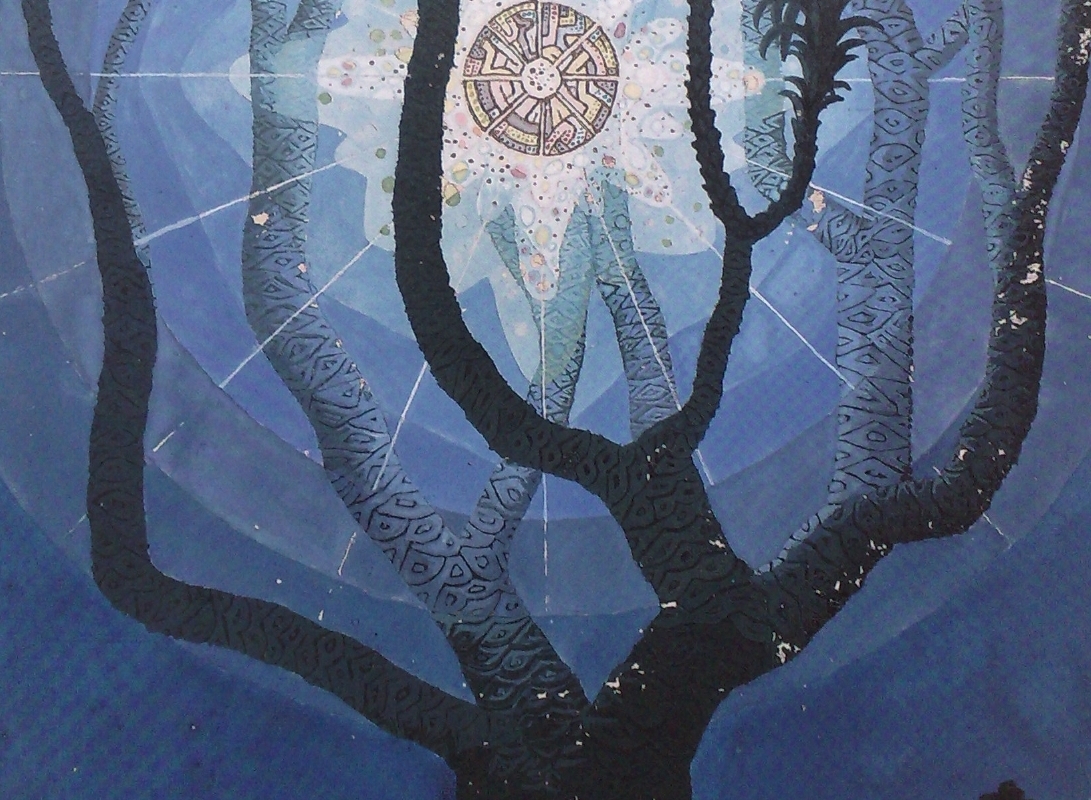
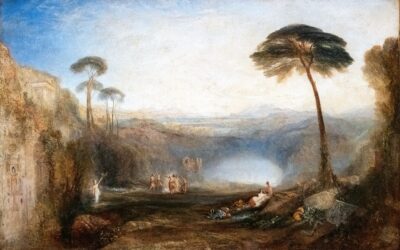
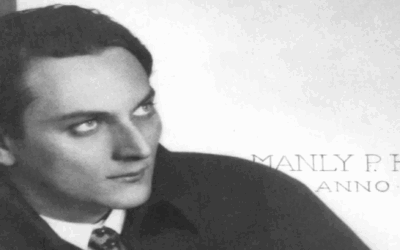
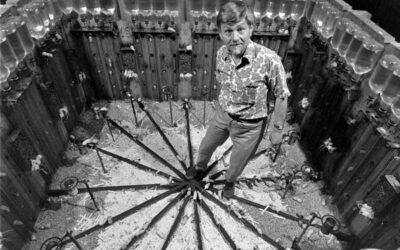










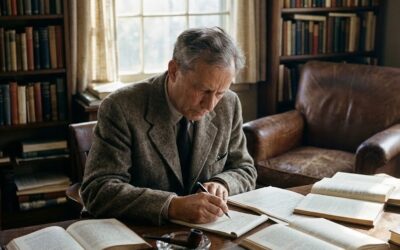
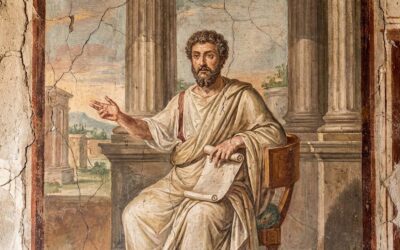
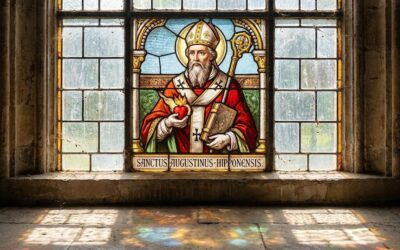
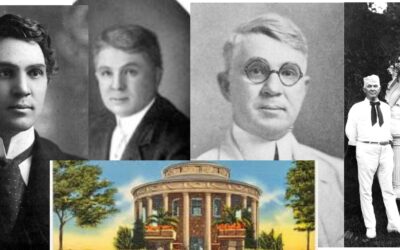

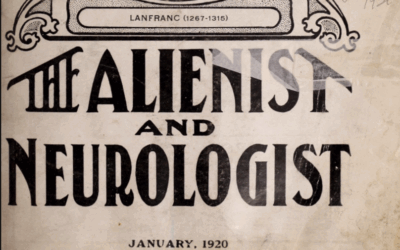
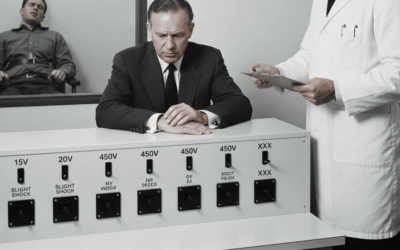
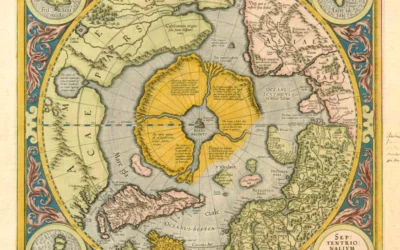
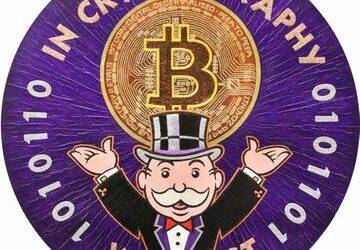

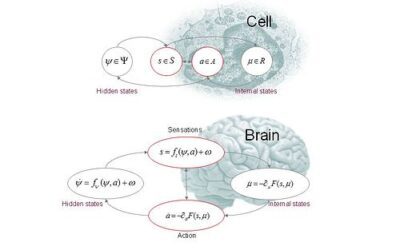
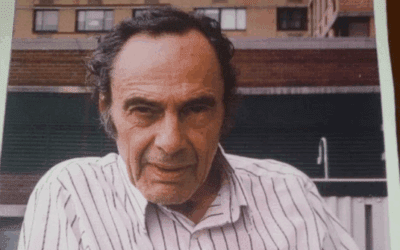
0 Comments